

Articles
Why Does My Tool Belt Make My Hips Hurt
Modified: August 31, 2024
Find out why wearing a tool belt can cause hip discomfort and learn helpful tips and articles to alleviate the pain and prevent future discomfort.
(Many of the links in this article redirect to a specific reviewed product. Your purchase of these products through affiliate links helps to generate commission for Storables.com, at no extra cost. Learn more)
Introduction
Working with tools is a common part of many professions, from construction workers and carpenters to electricians and plumbers. And to easily carry and access their tools, professionals rely on tool belts. However, while tool belts provide convenience and accessibility, they can also cause discomfort, especially in the hips. If you’ve ever experienced hip pain while wearing a tool belt, you’re not alone.
In this article, we will explore the various reasons why your tool belt may be causing hip pain and discomfort. We will discuss issues such as incorrect tool belt size and fit, weight distribution problems, lack of padding or cushioning, tool belt material and construction, and even pre-existing hip conditions that can be exacerbated by wearing a tool belt. By understanding these factors, you can take steps to alleviate and prevent hip pain, allowing you to work comfortably and efficiently.
So, if you’re ready to discover why your trusty tool belt may be the culprit behind your hip pain, let’s delve deeper into the common causes and solutions.
Key Takeaways:
- Choose the right tool belt size, optimize weight distribution, and add padding to prevent hip pain. Consider material and manage pre-existing hip conditions for a comfortable and productive work experience.
- Prioritize comfort and safety by selecting the right tool belt size, distributing weight evenly, and managing pre-existing hip conditions. Take proactive steps to prevent and alleviate hip pain for a successful work journey.
Read more: Why Does My Mattress Make My Back Hurt
Understanding Tool Belts
Tool belts are a staple accessory for professionals who work with tools. They serve the purpose of keeping essential tools within easy reach, allowing workers to complete their tasks efficiently. Tool belts typically feature pockets, loops, and pouches that can hold a variety of tools, such as hammers, screwdrivers, tape measures, nails, and more.
Tool belts are available in various designs, including waist belts, harness systems, and tool vests. Waist belts are the most common type, and they are usually secured around the waist with a buckle or a Velcro fastening system. Harness systems feature shoulder straps for distributing the weight of the tools more evenly across the body. Tool vests, on the other hand, are worn like a sleeveless jacket, with pockets and compartments distributed across the front and back.
Regardless of the design, tool belts are typically made from durable materials such as nylon, polyester, or leather to withstand the demands of regular use. They are built to be sturdy, allowing professionals to rely on them for years.
While tool belts are undoubtedly convenient, they can also lead to discomfort and pain if not used properly. The way a tool belt fits and the weight distribution can significantly impact its comfort level and potential for causing hip pain. Understanding these factors is crucial to address any issues and optimize your tool belt experience.
Next, we will explore the common causes of hip pain from tool belts, which can help identify any potential problems you may be facing.
Common Causes of Hip Pain from Tool Belts
If you experience hip pain while wearing a tool belt, several factors may be at play. By understanding these common causes, you can identify the root of your discomfort and take appropriate measures to alleviate it:
- Incorrect Tool Belt Size and Fit: One of the primary reasons for hip pain is wearing a tool belt that is either too tight or too loose. A tool belt that is too tight can restrict movement and put unnecessary pressure on the hips, causing pain. On the other hand, a tool belt that is too loose can shift and slide, leading to poor weight distribution and discomfort.
- Weight Distribution Issues: Proper weight distribution is crucial when wearing a tool belt. If the weight of the tools is not evenly distributed across the belt, it can create imbalances and put excessive strain on certain areas, including the hips. This imbalance can lead to hip pain and discomfort.
- Lack of Padding or Cushioning: Tool belts that lack adequate padding or cushioning can contribute to hip pain. Without proper padding, the pressure from the tools can dig into the hips, causing discomfort and potential bruising. The lack of cushioning can also lead to irritation or chafing from prolonged use.
- Tool Belt Material and Construction: The material and construction of the tool belt can impact its comfort level. If the material is rough, abrasive, or lacks flexibility, it can irritate the skin and lead to hip pain. Additionally, poorly designed tool belts with awkward pocket placements or inadequate reinforcement can contribute to discomfort.
- Pre-existing Hip Conditions: If you already have a pre-existing hip condition, wearing a tool belt can exacerbate the pain. Conditions such as arthritis, bursitis, or hip joint inflammation can be aggravated by the added pressure and strain of a tool belt.
Now that you have an understanding of the common causes of hip pain from tool belts, we can move on to exploring tips for preventing such discomfort. These tips will help you choose the right tool belt, optimize weight distribution, and make adjustments to enhance your overall comfort and functionality.
Incorrect Tool Belt Size and Fit
One of the primary causes of hip pain from wearing a tool belt is choosing the wrong size or fit. It’s essential to ensure that your tool belt fits properly to avoid discomfort and potential injury. Here are some factors to consider:
- Measure your waist: Before purchasing a tool belt, measure your waist accurately. Use a measuring tape to determine your waist circumference, and consult the manufacturer’s sizing chart to select the appropriate size. Remember to account for any additional layers of clothing you might wear while working.
- Try it on: Whenever possible, try on the tool belt before purchasing to assess the fit. It should sit snugly around your waist without being overly tight or restrictive. A comfortable fit will allow for freedom of movement without slipping or sliding.
- Adjustability: Look for tool belts with adjustable straps or fasteners. This feature allows you to customize the fit to your liking. You should be able to tighten or loosen the belt easily to achieve the optimal balance of comfort and stability.
- Check the weight capacity: Consider the weight of the tools you typically carry and ensure that the tool belt you choose has a sufficient weight capacity. An overloaded tool belt can strain your hips and cause pain over time. Distribute the weight evenly across the belt to prevent excessive pressure on a single area.
- Consider additional support: If you find that the tool belt alone doesn’t provide enough support or comfort, you can consider wearing a tool belt with a harness system. Harness systems distribute the weight more evenly by transferring some of the load to the shoulders, reducing strain on the hips.
- Regular adjustments: It’s important to periodically adjust your tool belt as needed throughout the day. As your body moves and shifts, the tool belt may also need to be readjusted to maintain optimal comfort and weight distribution.
By choosing the right size and fit, you can minimize the risk of hip pain and discomfort while wearing a tool belt. Next, let’s explore techniques for proper weight distribution to further alleviate potential hip pain.
Weight Distribution Issues
Proper weight distribution is crucial when wearing a tool belt to prevent hip pain and discomfort. If the weight of your tools is not evenly distributed, it can put undue strain on specific areas, leading to hip pain. Here are some techniques to achieve optimal weight distribution:
- Organize and prioritize your tools: Start by organizing your tools based on frequency of use and weight. Place the most frequently used and lightweight tools in easily accessible pockets or pouches. Distribute heavier tools evenly across the belt to avoid adding unnecessary strain on one side.
- Balance the load: Aim to distribute the weight of your tools evenly on both sides of your tool belt. Place similar weight tools on opposite sides to create balance. This helps prevent uneven stress on your hips, promoting better posture and reducing the risk of hip pain.
- Adjust pocket placements: Some tool belts allow you to customize the position of the pockets or pouches. Take advantage of this feature to position the tools according to your specific needs and to achieve better weight distribution. Experiment with different arrangements until you find the most comfortable and balanced setup.
- Use suspenders or harness systems: If you find that even with proper weight distribution, your tool belt still puts too much strain on your hips, consider using suspenders or a harness system. These accessories distribute the weight more evenly by transferring some of the load to your shoulders and upper body, relieving pressure on your hips.
- Take breaks and adjust as needed: Remember to take regular breaks and adjust your tool belt if you start to feel discomfort or fatigue. Even with proper weight distribution, long durations of wearing a tool belt can still cause strain. Listen to your body and make adjustments as necessary to maintain your comfort and well-being.
By employing these weight distribution techniques, you can significantly reduce the risk of hip pain and discomfort caused by wearing a tool belt. However, weight distribution is not the only factor that contributes to hip pain. In the next section, we will discuss the importance of padding and cushioning in your tool belt.
Read more: Why Does My Recliner Hurt My Back
Lack of Padding or Cushioning
One common cause of hip pain from wearing a tool belt is the lack of proper padding or cushioning. Without adequate cushioning, the pressure from the tools can dig into your hips, causing discomfort and potential bruising. Here are some ways to address this issue:
- Choose a belt with built-in padding: When shopping for a tool belt, look for options that feature built-in padding or cushioning in the areas that come into contact with your hips. This extra layer of cushioning provides a barrier between your hips and the tools, minimizing discomfort and preventing bruising.
- Add removable padding: If your current tool belt lacks sufficient padding, consider adding removable padding yourself. You can use foam inserts or gel pads designed for tool belts to create a cushioned layer. Simply place the padding against the back of the tool belt where it rests on your hips. This added cushioning can make a significant difference in reducing hip pain.
- Wear a tool belt pad: Another option is to wear a tool belt pad or wrap around your waist before putting on your tool belt. These pads are designed to provide extra cushioning and comfort by acting as a protective barrier between the tool belt and your hips. They are typically made from soft and breathable materials for maximum comfort.
- Consider suspenders with padding: If you’re using a tool belt with suspenders or a harness system, look for options that have padded shoulder straps. These padded straps not only provide comfort for your shoulders but also distribute the weight more evenly, reducing strain on your hips.
- Take regular breaks: Even with proper padding, extended periods of wearing a tool belt can still cause discomfort. To alleviate potential hip pain, make it a practice to take regular breaks, allowing your hips to rest and recover. Use this time to readjust your tool belt if needed and give your body a chance to relax.
Adding padding or cushioning to your tool belt can make a significant difference in your comfort level and help prevent hip pain. Remember, everyone’s body is different, so finding the right amount of padding that suits your needs might require a bit of experimentation. In the next section, we will explore how the material and construction of your tool belt can impact your hip comfort.
Tool Belt Material and Construction
The material and construction of your tool belt play a vital role in its overall comfort and impact on your hips. Here are some factors to consider when it comes to the material and construction of your tool belt:
- Choose a comfortable material: Opt for tool belts made from materials that are soft, breathable, and flexible. Nylon and polyester are popular choices as they are lightweight, durable, and offer some degree of flexibility. Leather tool belts, while sturdy, may take some time to break in and become more comfortable.
- Consider a padded back support: Some tool belts come with a padded back support panel, which can provide additional comfort and reduce pressure on your hips. This padding acts as a cushion between the tool belt and your body, preventing any digging or discomfort caused by tight or rigid materials.
- Check for reinforced stitching: Look for tool belts with reinforced stitching in high-stress areas. Reinforced stitching not only enhances the durability and longevity of the tool belt but also ensures that it can withstand the weight of your tools without causing strain on your hips.
- Look for adjustable straps: Opt for tool belts with adjustable straps or fastening systems. These allow you to customize the fit and tightness of the belt around your waist. Adjustable straps ensure a snug yet comfortable fit, preventing the belt from sliding or digging into your hips.
- Inspect the pocket placement: Check the placement and size of the pockets on the tool belt. Ensure that they are positioned in a way that promotes easy access to your tools without causing discomfort or hindering your range of motion. Pockets that are too large or positioned awkwardly can add unnecessary weight or restrict movement, leading to hip pain.
- Consider ventilation: Working with tools can be physically demanding, causing you to sweat. Look for tool belts with breathable materials and ventilation features that allow air to flow, keeping you cool and comfortable throughout the day. Proper ventilation can also help prevent irritation or chafing caused by excessive moisture build-up.
By selecting a tool belt that is made from comfortable and flexible materials, with features such as adjustable straps and padded support, you can minimize the risk of hip pain and discomfort. Additionally, the construction of the tool belt, including reinforced stitching and well-placed pockets, can contribute to a more comfortable and ergonomic fit.
While the material and construction of your tool belt are important, it’s also crucial to consider any pre-existing hip conditions that may affect your comfort. In the next section, we will explore how to manage such conditions while wearing a tool belt.
Pre-existing Hip Conditions
If you have pre-existing hip conditions, wearing a tool belt can exacerbate the pain and discomfort. It’s crucial to manage your hip conditions while still being able to utilize a tool belt effectively. Here are some tips to consider:
- Consult with your healthcare provider: If you have a pre-existing hip condition, such as arthritis, bursitis, or hip joint inflammation, it’s essential to consult with your healthcare provider before wearing a tool belt. They can provide guidance specific to your condition and recommend any necessary modifications or accommodations.
- Use a tool belt with added support: Look for tool belts that offer additional support for your hips. Some tool belts come with built-in braces or added padding specifically designed to alleviate pressure on the hips. These features provide extra stability and cushioning, reducing stress on your already sensitive hip joints.
- Choose a lighter tool belt: Consider opting for a lightweight tool belt, especially if your hip condition is aggravated by excessive weight or pressure. Lighter materials, such as nylon or polyester, can reduce the overall weight of the tool belt, minimizing the strain on your hips.
- Take regular breaks: Taking frequent breaks is crucial to give your hip joints a chance to rest and recover. Set aside time during your workday to remove the tool belt and engage in gentle stretches or exercises recommended by your healthcare provider. This helps to maintain mobility and reduce the likelihood of hip pain or stiffness.
- Modify your tool belt use: If necessary, make adjustments to how you wear your tool belt. For example, you may find it more comfortable to wear the tool belt on your back or shift the weight distribution to one side that avoids putting excess pressure on your affected hip.
- Consider alternative tool carrying options: In some cases, it may be beneficial to explore alternative tool carrying options that are less taxing on your hips. For example, using a tool pouch or tool bag with a shoulder strap can distribute the weight more evenly across your body, minimizing the impact on your hips.
Remember, managing your pre-existing hip conditions is crucial for your overall health and well-being. Always listen to your body’s signals and make adjustments as needed to prevent further discomfort or injury. With the right approach, you can still utilize a tool belt while taking care of your hip health.
Now that we have explored the factors behind hip pain from tool belts and discussed tips for managing common causes, you are equipped with the knowledge to prevent and alleviate hip pain. By choosing the right tool belt size and fit, optimizing weight distribution, adding padding and cushioning, selecting the right material, and considering any pre-existing hip conditions, you can enjoy the convenience and functionality of a tool belt without sacrificing your hip comfort.
We hope that these tips will help you work comfortably and efficiently, allowing you to focus on the tasks at hand rather than dealing with hip pain from your tool belt. Happy working!
Make sure your tool belt is properly adjusted to distribute weight evenly. Consider adding padding or a cushioned belt to reduce pressure on your hips. Stretch and take breaks to relieve tension.
Tips for Preventing Hip Pain from Tool Belts
Experiencing hip pain from wearing a tool belt can be both frustrating and uncomfortable. Fortunately, there are several tips and strategies you can implement to prevent hip pain and ensure a more comfortable work experience. Here are some effective tips to consider:
- Choose the right size and fit: Opt for a tool belt that fits properly around your waist. Measure your waist accurately and refer to the manufacturer’s sizing chart to select the appropriate size. Avoid belts that are too tight or too loose, as they can cause unnecessary pressure or shifting, leading to hip pain.
- Optimize weight distribution: Distribute the weight of your tools evenly across the belt, avoiding excessive pressure on one side. Organize your tools based on frequency of use and weight, with the heavier tools distributed evenly to maintain balance and reduce strain on your hips.
- Add padding and cushioning: Choose a tool belt that comes with built-in padding or add removable padding where necessary. Padding provides an extra layer of cushioning, reducing the pressure on your hips and minimizing discomfort.
- Select the right material: Look for tool belts made from soft, breathable, and flexible materials. Nylon and polyester are often good options as they provide durability and some flexibility. Ensure the material is comfortable against your skin and won’t cause irritation or chafing.
- Take regular breaks: Give your hips a break by taking regular breaks throughout your workday. Remove the tool belt and engage in gentle stretches or exercises that promote hip mobility and alleviate any stiffness or tension.
- Adjust and readjust as needed: Pay attention to how your tool belt feels throughout the day and make adjustments as necessary. If you feel any discomfort or strain, readjust the fit, weight distribution, or padding to ensure optimal comfort and prevent hip pain.
- Consider alternative carrying options: If hip pain persists despite proper precautions, explore alternative tool carrying options such as tool pouches or bags with shoulder straps. These alternatives distribute the weight more evenly across your body, reducing pressure on your hips.
- Listen to your body: Every person’s body is unique, so it’s important to listen to your own body’s signals. If you consistently experience hip pain or discomfort despite following the above tips, consult with a healthcare professional for personalized advice and guidance.
By implementing these tips, you can take proactive measures to prevent hip pain and work comfortably with your tool belt. Remember, finding the right combination of size, fit, weight distribution, padding, and material may require some trial and error. Focus on what feels most comfortable and supportive for your hips, and make adjustments as needed to optimize your tool belt experience.
Now that you have these valuable tips at your disposal, go ahead and put them into practice. Enjoy a pain-free and productive workday with your tool belt, knowing that your hip health is well taken care of!
Read more: Why Does My Bed Hurt My Back
Choosing the Right Size and Fit
When it comes to preventing hip pain from tool belts, choosing the right size and fit is crucial. A well-fitted tool belt will provide optimal support, comfort, and weight distribution. Here are some important considerations for selecting the right size and fit:
- Measure your waist accurately: Before purchasing a tool belt, take precise measurements of your waist. Use a measuring tape to determine your waist circumference, ensuring it is snug but not overly tight. Refer to the manufacturer’s sizing chart to select the appropriate size.
- Consider clothing layers: Take into account any additional layers of clothing you might wear while working. If you typically wear thick or multiple layers, ensure that you choose a tool belt size that accommodates these variations comfortably.
- Try it on if possible: Whenever possible, try on the tool belt before making a purchase. This will give you a better sense of how it fits and feels on your body. Ensure that the tool belt sits securely on your waist and does not dig into your hips or restrict your movement.
- Adjustability: Look for tool belts with adjustable straps or fastening systems. This allows you to customize the fit according to your comfort and preference. You should be able to tighten or loosen the belt easily to achieve the optimal balance between stability and comfort.
- Consider tool belt style: Different tool belt styles may have varying fits. Waist belts are the most common type and typically secure around the waist with a buckle or Velcro fastening. Harness systems feature shoulder straps for weight distribution, while tool vests are worn like sleeveless jackets with pockets distributed across the front and back. Choose the style that offers the most comfortable fit for your hip area.
- Weight capacity: Check the weight capacity of the tool belt to ensure it can handle the tools you typically carry. Overloading a tool belt can strain your hips and cause pain. If you need to carry heavy tools, consider a tool belt with a higher weight capacity or distributing the weight across multiple tool belts or pouches.
- Regular adjustments: Recognize that your body and the tool belt may shift throughout the day. Periodically check and adjust the tool belt as needed to maintain a comfortable fit. As you move and work, make any necessary modifications to keep the tool belt securely in place without causing discomfort.
Remember, the right size and fit will vary for each individual, and personal comfort should be the ultimate determining factor. Pay attention to any signs of discomfort or pain while wearing the tool belt, and make necessary adjustments to ensure a proper fit. By choosing the right size and fit, you can optimize the comfort and support provided by your tool belt, minimizing the risk of hip pain and discomfort.
Now that you understand the importance of selecting the right size and fit, you can confidently choose a tool belt that will enhance your work experience and prevent hip pain. With proper sizing and fit, you’ll be well-equipped to tackle your tasks comfortably and efficiently.
Proper Weight Distribution Techniques
To prevent hip pain from tool belts, it is essential to ensure proper weight distribution. When the weight of your tools is unevenly balanced, it can put excessive strain on certain areas, including your hips. By employing these proper weight distribution techniques, you can achieve a more balanced load and alleviate potential hip pain:
- Organize tools based on frequency and weight: Begin by organizing your tools based on how frequently you use them and their weight. Place the most frequently used and lightweight tools in easily accessible pockets or pouches. Distribute heavier tools evenly across the belt to ensure balance and reduce strain on your hips.
- Use all available pockets: Make use of all the available pockets or compartments on your tool belt. Distribute tools evenly among the various pockets to distribute the weight across your hips, rather than concentrating it in one area. This will help prevent excessive strain and discomfort.
- Avoid overloading the tool belt: Be mindful of the weight capacity of your tool belt and avoid overloading it. Carrying excessive weight can strain your hips and lead to pain. If needed, consider distributing the load across multiple tool belts or pouches to maintain a balanced weight distribution.
- Balance the load: Aim for an even distribution of weight on both sides of your tool belt. Place similar weight tools on opposite sides to create balance and prevent uneven stress on your hips. Rearrange tools as necessary to achieve a symmetrical and comfortable weight distribution.
- Periodically reassess and readjust: Throughout your workday, periodically reassess the weight distribution of your tool belt. As you use and replace tools, the weight balance may shift. Take a moment to readjust the tools and ensure they are evenly spaced to maintain optimal weight distribution and minimize strain on your hips.
- Consider tool belt accessories: Some tool belts come with additional accessories, such as suspenders or harness systems. These accessories can help distribute the weight more evenly by transferring some of the load to your shoulders and upper body. Consider using these accessories if you find that weight distribution remains a challenge despite other efforts.
- Regularly rearrange tool placement: Experiment with the positioning of your tools within the pockets and pouches of your tool belt. Take note of how different placements affect weight distribution and comfort. Regularly rearrange the tools to find the most ergonomic configuration for your specific needs.
By implementing these proper weight distribution techniques, you can reduce the strain on your hips and minimize the risk of hip pain from wearing a tool belt. Remember, finding the right balance may require some trial and error, so be willing to make adjustments until you achieve a comfortable and evenly distributed load.
Now that you understand the importance of weight distribution, you can confidently optimize the way you organize and carry your tools, ensuring a more comfortable and pain-free experience while wearing your tool belt.
Adding Extra Padding and Cushioning
If you find that your tool belt lacks sufficient padding or cushioning, adding extra padding can significantly improve your comfort and help prevent hip pain. Here are some tips on how to enhance the padding and cushioning of your tool belt:
- Choose a tool belt with built-in padding: When shopping for a tool belt, look for options that come with built-in padding or cushioning in the areas that come into contact with your hips. These added layers of cushioning provide a barrier between your hips and the tools, reducing discomfort and minimizing the risk of bruising or pressure points.
- Add removable padding: If your current tool belt lacks sufficient padding, you can add removable padding yourself. Foam inserts or gel pads designed specifically for tool belts are readily available. These inserts can be placed against the back of the tool belt where it rests on your hips. The extra padding provides cushioning and helps distribute the pressure more evenly, alleviating discomfort and reducing the chance of hip pain.
- Consider a tool belt pad: Another option is to wear a tool belt pad or wrap around your waist before putting on your tool belt. These padded accessories act as a protective barrier between your hips and the tool belt, providing additional cushioning and comfort. Look for tool belt pads made from soft, breathable materials to ensure optimal comfort.
- Use padded suspenders or harnesses: If you’re using a tool belt with suspenders or a harness system, consider investing in padded straps. These straps not only provide additional support and weight distribution but also incorporate extra padding for your shoulders and upper body. The padding helps absorb some of the pressure from the tool belt, reducing strain on your hips.
- Experiment with different materials: Some tool belts come with options for different padding materials. For example, you may choose a tool belt with memory foam or gel padding for maximum comfort. Experiment with different materials to find the one that best suits your needs and provides the most effective cushioning for your hips.
- Regularly assess and adjust the padding: Keep in mind that everyone’s comfort preferences may differ. Periodically assess the effectiveness of your added padding and adjust as necessary. Ensure that the padding is evenly distributed, and it isn’t causing any uncomfortable pressure points or restricting your movements.
By adding extra padding and cushioning to your tool belt, you can significantly enhance your comfort level, reduce the risk of hip pain, and prevent bruising or pressure points. Experiment with different padding options and make adjustments until you find the combination that suits you best.
Now that you have learned how to add extra padding and cushioning, you can customize your tool belt to better fit your body and working needs. With these enhancements, you can enjoy greater comfort and support while working, ensuring a more productive and pain-free day.
Selecting the Right Tool Belt Material
The material of your tool belt plays a crucial role in its comfort, durability, and overall performance. Choosing the right material is essential to ensure a tool belt that not only withstands the demands of your work but also minimizes the risk of hip pain. Here are some factors to consider when selecting the right tool belt material:
- Comfort: Look for materials that are soft, lightweight, and breathable. Nylon and polyester are popular choices for tool belts as they offer a good balance between durability and comfort. These materials are flexible, allowing for ease of movement, and they tend to be more breathable than options like leather.
- Durability: Consider the durability of the material, especially if you work in demanding environments or require a tool belt that can withstand heavy use. Look for tool belts made from high-quality materials with reinforced stitching. This ensures that the belt can withstand the weight of your tools and lasts longer without compromising its structure.
- Flexibility: Opt for materials that allow for flexibility and freedom of movement. A stiff material can restrict your range of motion and potentially lead to discomfort and strain on your hips. Look for tool belts that offer some degree of flexibility, allowing you to move comfortably throughout your workday.
- Reinforcement: Check if the tool belt has additional reinforcement in high-stress areas. Reinforced stitching and extra padding or layers in critical sections, such as where the belt rests on your hips, can enhance its durability and provide additional support and comfort.
- Resistance to moisture and weather: Consider the conditions in which you work. If you are frequently exposed to moisture or work outdoors in varying weather conditions, choose a tool belt material that is resistant to water, moisture, and UV rays. This will ensure the longevity and performance of your tool belt, even in challenging environments.
- Abrasion resistance: If your work involves rough surfaces or sharp objects, select a material known for its abrasion resistance. This will help protect your tool belt from wear and tear, preventing premature damage and ensuring its longevity.
- Ease of cleaning: Depending on the nature of your work, your tool belt may get dirty or soiled. Consider a material that is easy to clean and maintain. Look for tool belts that are machine washable or can be wiped clean with ease.
Each material has its own advantages and considerations, so it’s important to weigh these factors and choose the material that best aligns with your needs and work environment. Keep in mind that comfort and flexibility are key to minimizing the risk of hip pain and ensuring an enjoyable work experience.
Now that you understand the importance of selecting the right tool belt material, you can confidently choose a tool belt that balances comfort, durability, and functionality. By selecting the right material, you can minimize the risk of hip pain, ensuring long-lasting comfort and support throughout your workday.
Managing Pre-existing Hip Conditions
If you have pre-existing hip conditions, it’s essential to manage them effectively while wearing a tool belt. By taking proactive steps, you can minimize discomfort, prevent flare-ups, and ensure a more comfortable work experience. Here are some tips for managing pre-existing hip conditions:
- Consult with your healthcare provider: Before wearing a tool belt, consult with your healthcare provider to ensure it is safe for you given your specific hip condition. They can provide guidance tailored to your condition, recommend any necessary modifications, and advise you on how to work with a tool belt without exacerbating your hip pain.
- Choose a tool belt with added support: Look for tool belts that offer additional support and comfort for your hips. Some tool belts come with built-in braces, padded back support, or lumbar support. These features can help alleviate pressure on your hip joints and provide extra stability.
- Consider a lightweight tool belt: If your hip condition is aggravated by excessive weight or pressure, consider opting for a lighter tool belt. Look for tool belts made from lightweight materials such as nylon or polyester. These materials can reduce the overall weight of the tool belt, minimizing strain on your hips.
- Take regular breaks: Give your hip joints regular breaks by taking frequent pauses throughout your workday. Use this time to remove the tool belt and engage in gentle stretching exercises recommended by your healthcare provider. Taking breaks helps prevent excessive strain on your hips and keeps them mobile and lubricated.
- Modify your tool belt use: If you find that wearing a tool belt aggravates your hip condition, consider modifying how you wear it. For example, you may choose to wear the tool belt on your back or shift the weight distribution to avoid putting additional pressure on your affected hip. Experiment with different configurations to find the most comfortable and supportive option for your situation.
- Consider alternative tool carrying options: In some cases, it may be worth exploring alternative tool carrying options that are less taxing on your hips. For example, using a tool pouch or tool bag with a shoulder strap can distribute the weight more evenly across your body, reducing the impact on your hips.
- Manage pain and inflammation: Follow your healthcare provider’s recommendations for managing pain and inflammation associated with your hip condition. This may include the use of heat or cold therapy, taking over-the-counter pain relievers as directed, or using topical creams or ointments. Stay consistent with any prescribed treatment plans and seek additional medical advice if necessary.
It’s important to listen to your body and work within your limitations to manage your pre-existing hip conditions effectively. By taking these steps, you can continue to work with a tool belt while minimizing discomfort, preventing further aggravation, and supporting your long-term hip health.
Remember, each hip condition is unique, and what works for one person may not work for another. Be sure to consult with your healthcare provider to develop a personalized management plan that addresses your specific needs and limitations.
Now that you have learned how to manage pre-existing hip conditions while wearing a tool belt, you can confidently take steps to ensure a more comfortable and supportive work experience. By incorporating these tips, you can maintain your productivity while prioritizing your hip health.
Conclusion
Tool belts are invaluable accessories that provide convenience and accessibility to professionals across various industries. However, wearing a tool belt for extended periods can sometimes lead to hip pain and discomfort. By understanding the common causes of hip pain and implementing the right strategies, you can prevent and alleviate these issues, ensuring a more comfortable and productive work experience.
Factors such as incorrect tool belt size and fit, weight distribution issues, lack of padding or cushioning, tool belt material and construction, and pre-existing hip conditions can contribute to hip pain. Fortunately, there are several tips and techniques you can employ to prevent and manage hip pain from tool belts.
Choosing the right size and fit of your tool belt is crucial. Measure your waist accurately, consider clothing layers, and ensure adjustability to find the perfect fit. Proper weight distribution is another key aspect. Organize your tools strategically, balance the load, and regularly reassess the weight distribution to maintain a balanced and comfortable position.
Adding extra padding and cushioning to your tool belt can provide a significant level of comfort. Choose a tool belt with built-in padding or add removable padding yourself. Consider tool belt pads or wraps for additional support and cushioning. It’s also important to select the right tool belt material, such as nylon or polyester, which is comfortable, durable, and flexible.
For those with pre-existing hip conditions, managing these conditions while wearing a tool belt is crucial. Consult with your healthcare provider for personalized advice, consider tool belts with added support, and take regular breaks to relieve any strain on your hips. Adjusting the tool belt configuration or considering alternative carrying options may also be helpful.
In conclusion, by implementing the tips and techniques outlined in this article, you can prevent and manage hip pain from tool belts effectively. Prioritize your comfort and safety, listen to your body, and make necessary adjustments to ensure a pain-free and productive work experience. Remember to consult with healthcare professionals for personalized advice when managing pre-existing hip conditions.
With the right tools, strategies, and attention to your hip health, you can enjoy the convenience and functionality of a tool belt without sacrificing your well-being. Work comfortably, stay productive, and take care of your hips for a successful and fulfilling professional journey.
Frequently Asked Questions about Why Does My Tool Belt Make My Hips Hurt
Was this page helpful?
At Storables.com, we guarantee accurate and reliable information. Our content, validated by Expert Board Contributors, is crafted following stringent Editorial Policies. We're committed to providing you with well-researched, expert-backed insights for all your informational needs.
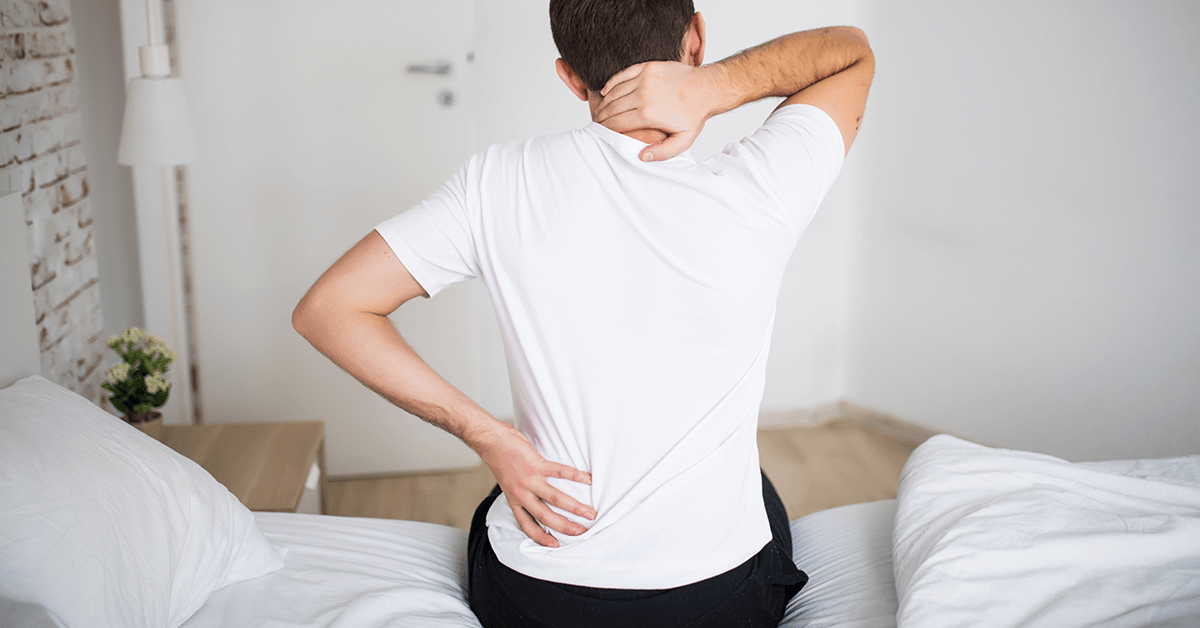

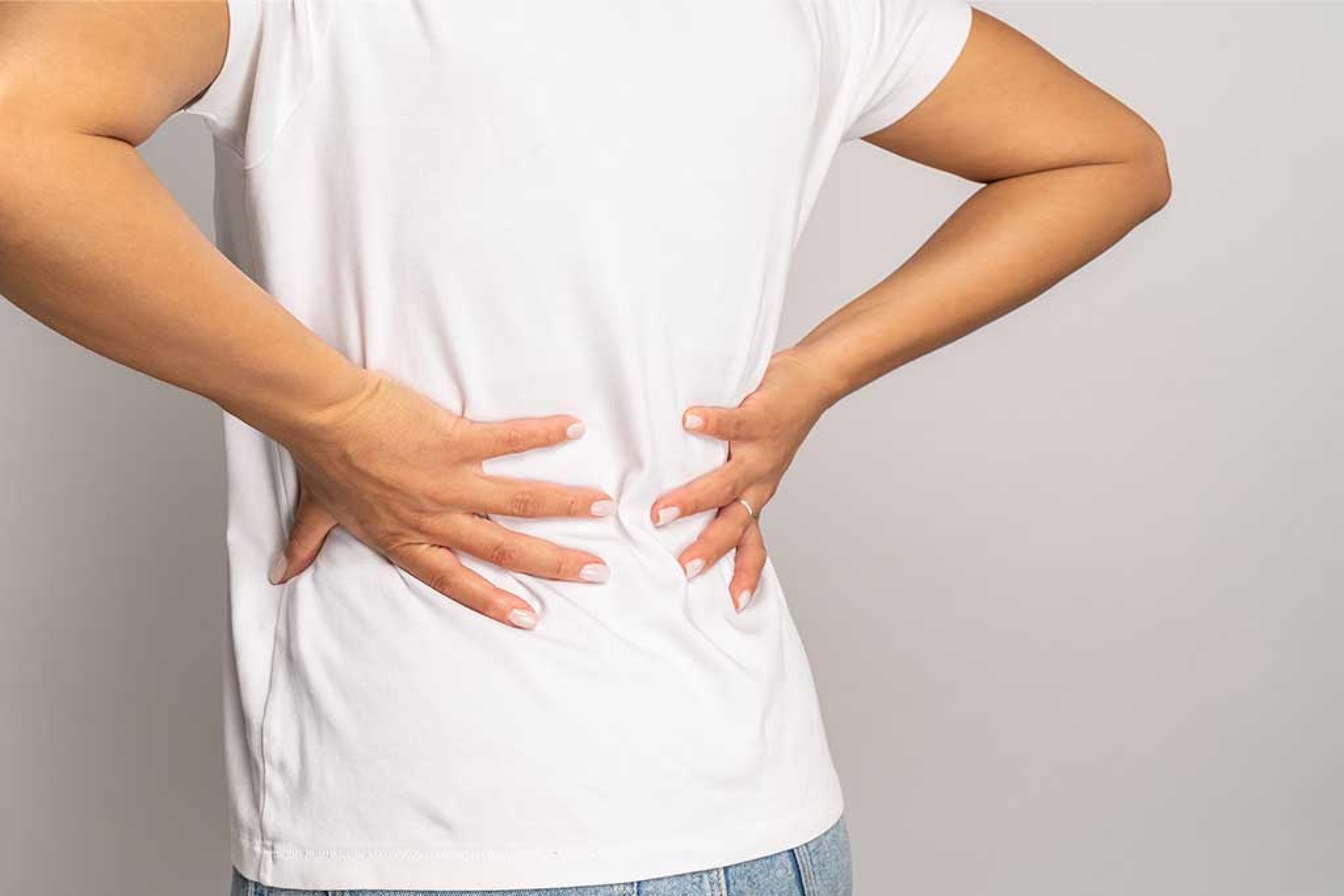
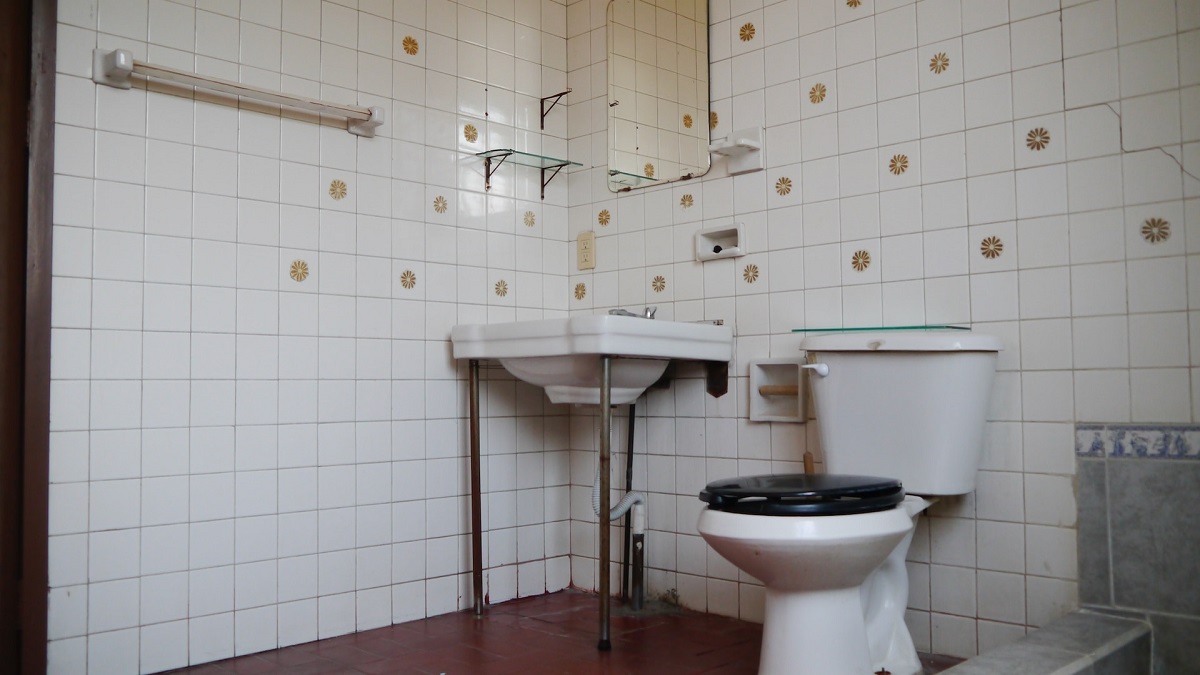
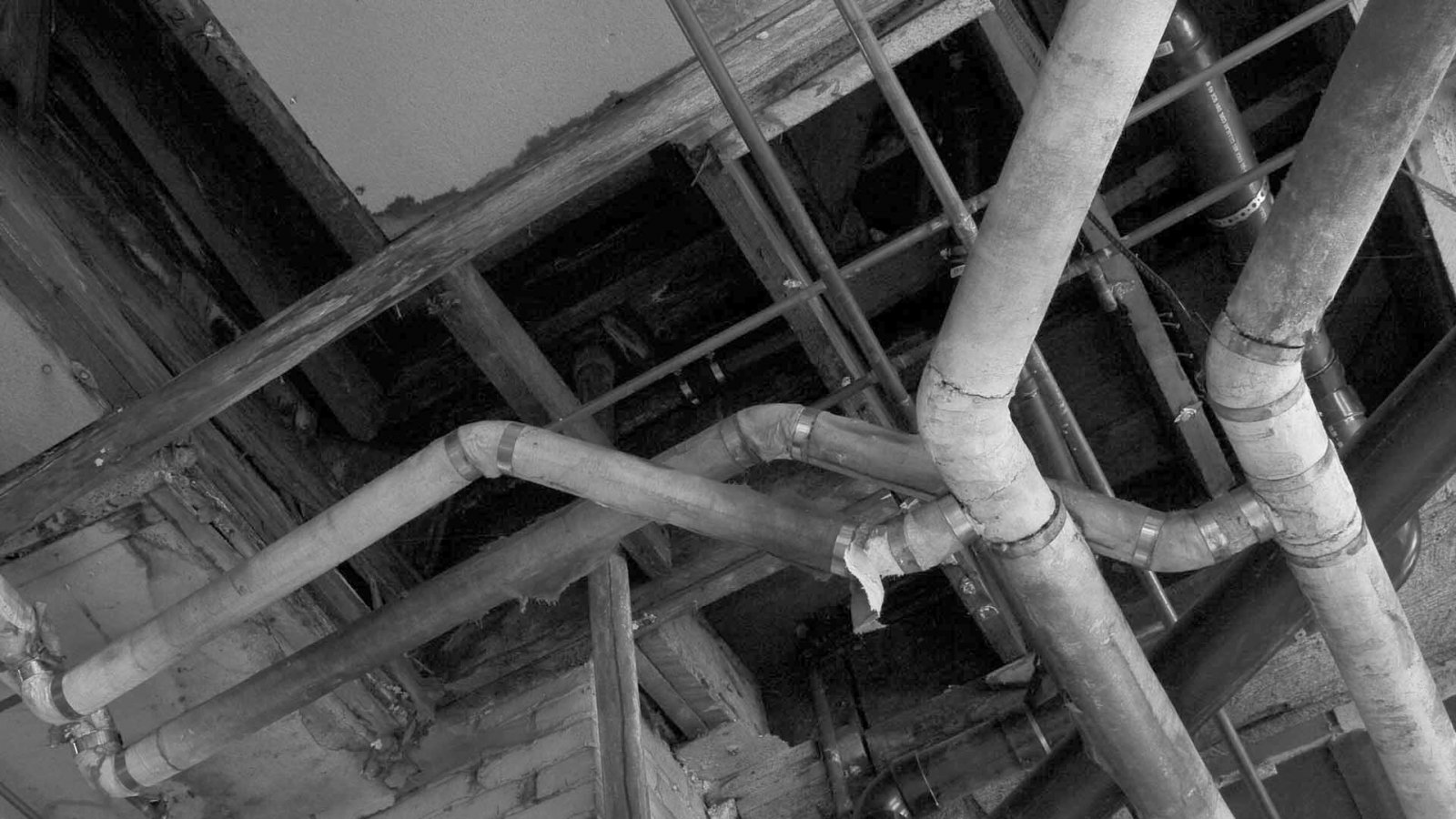
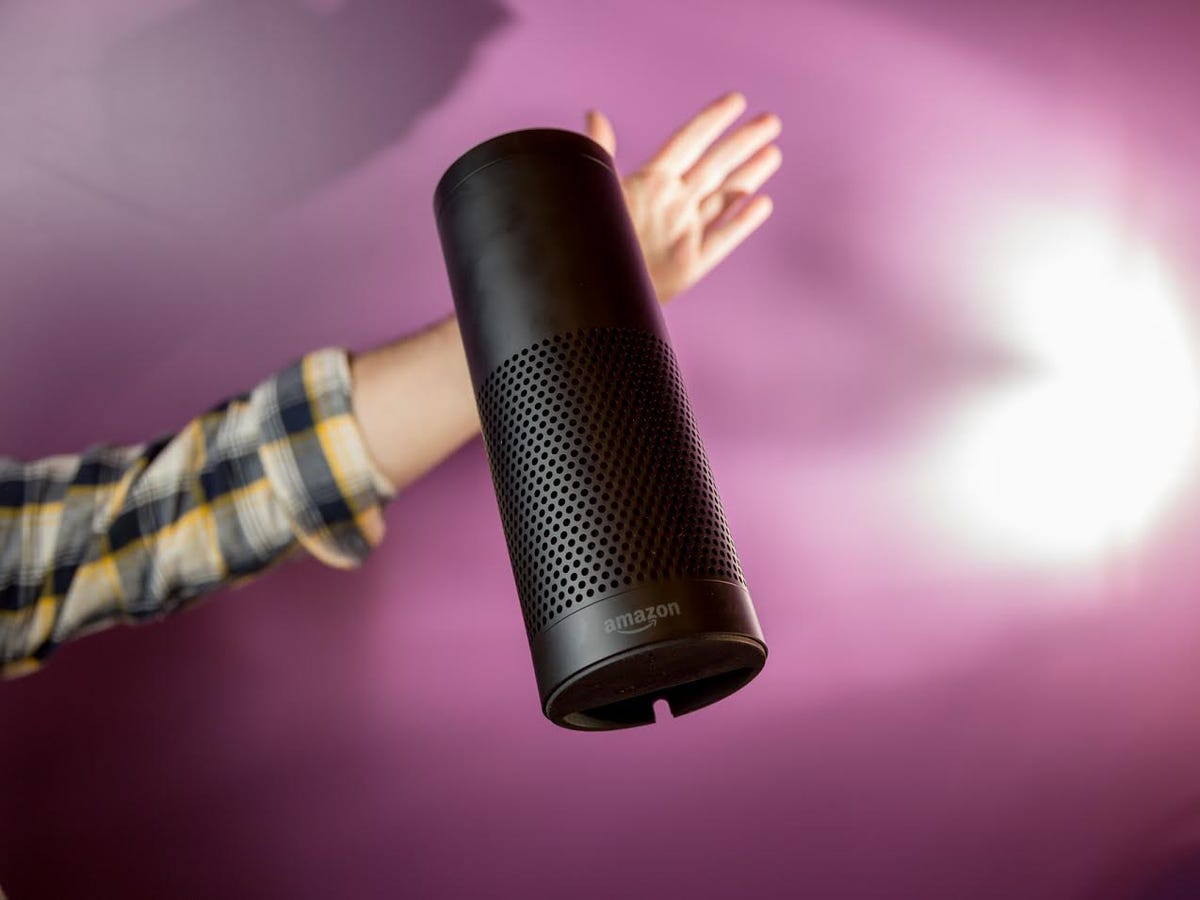
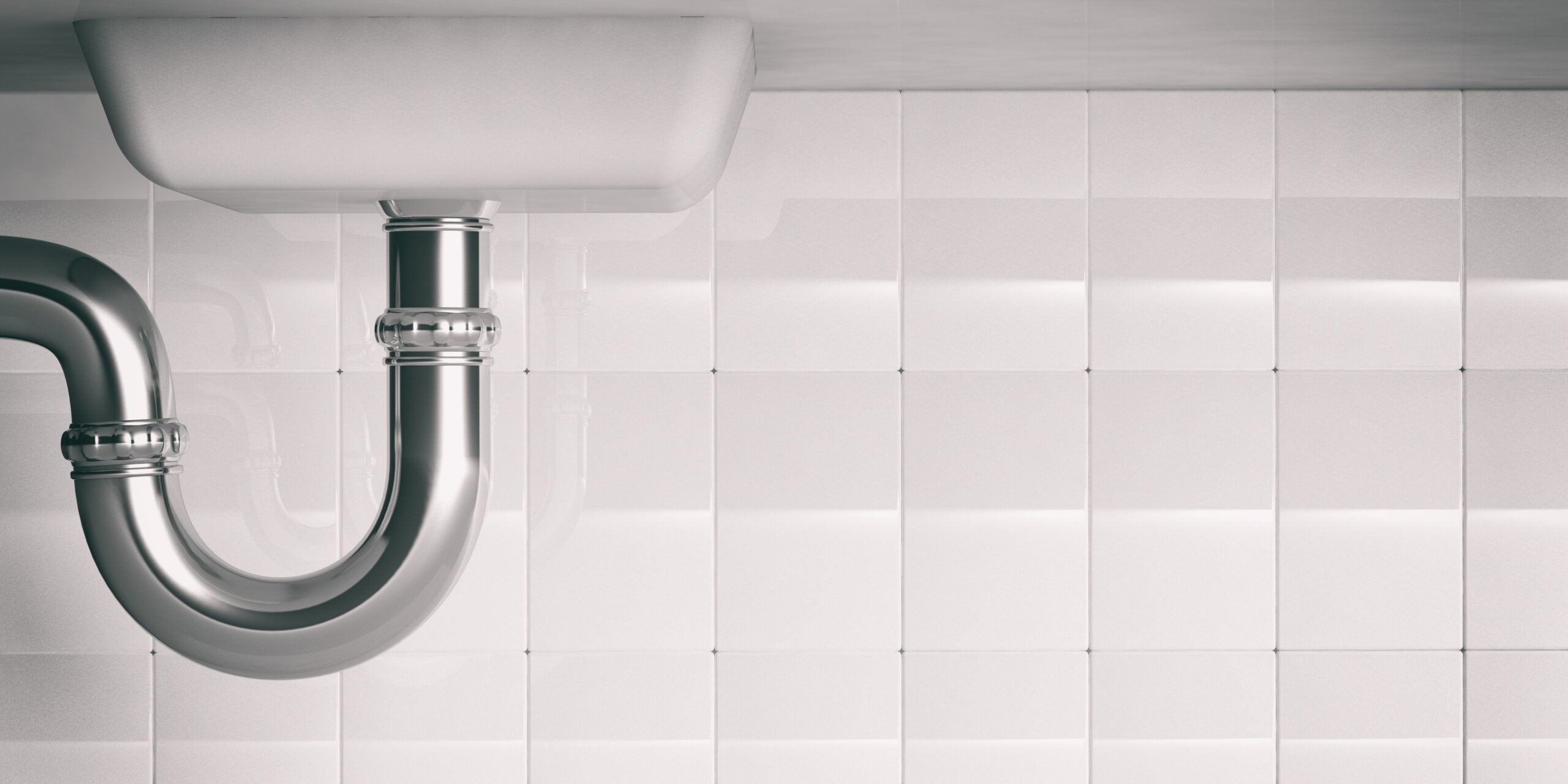
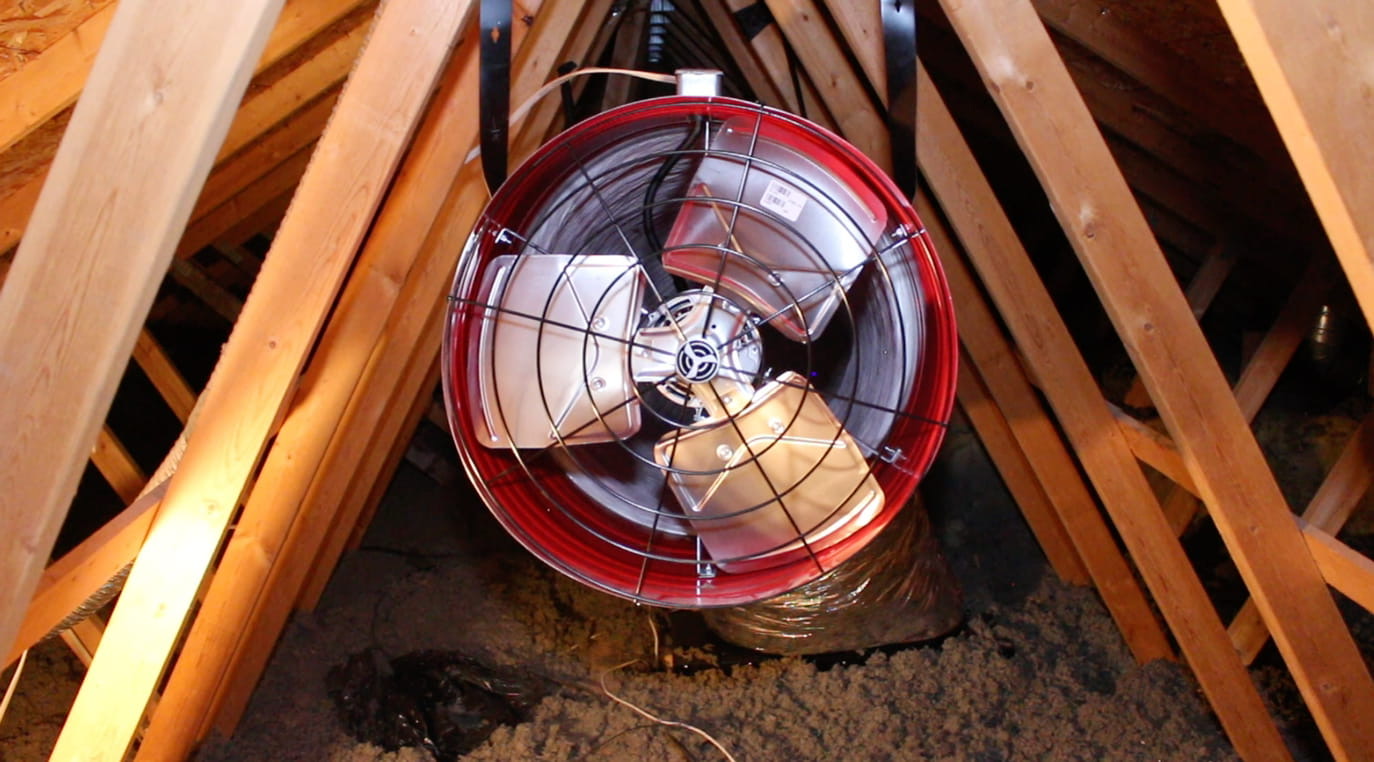


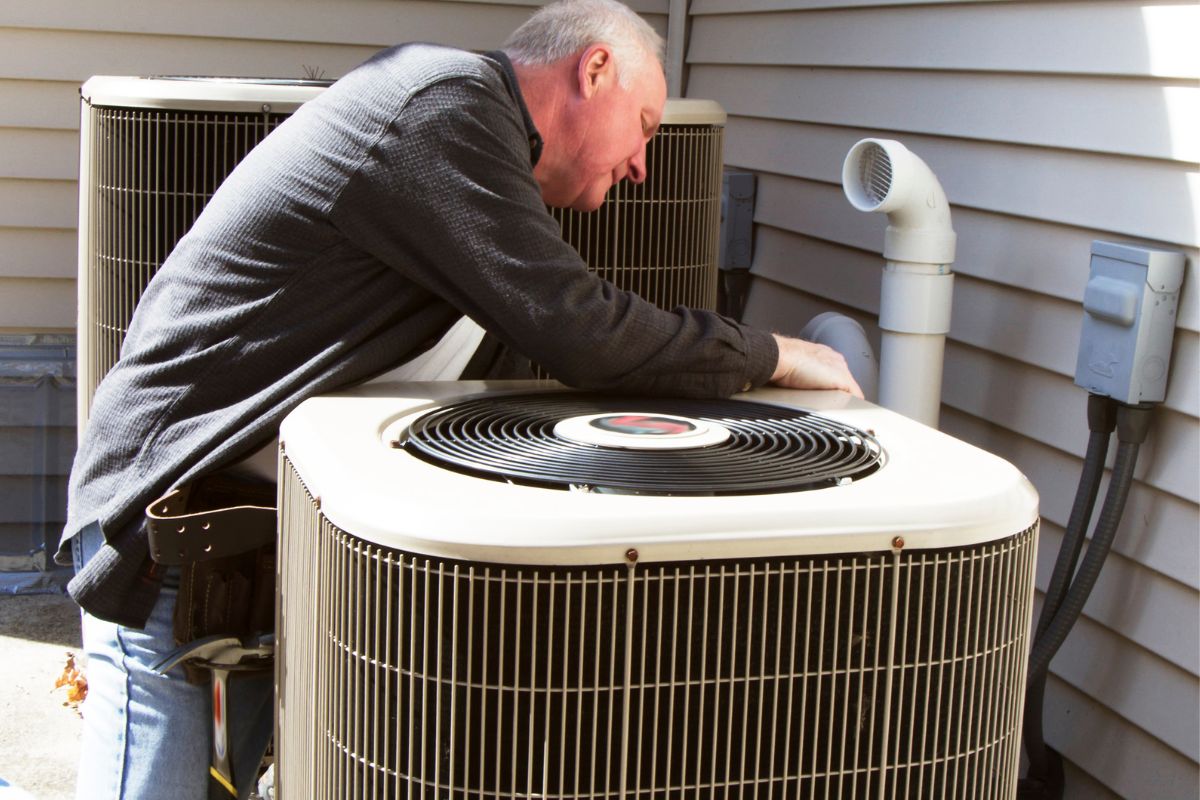
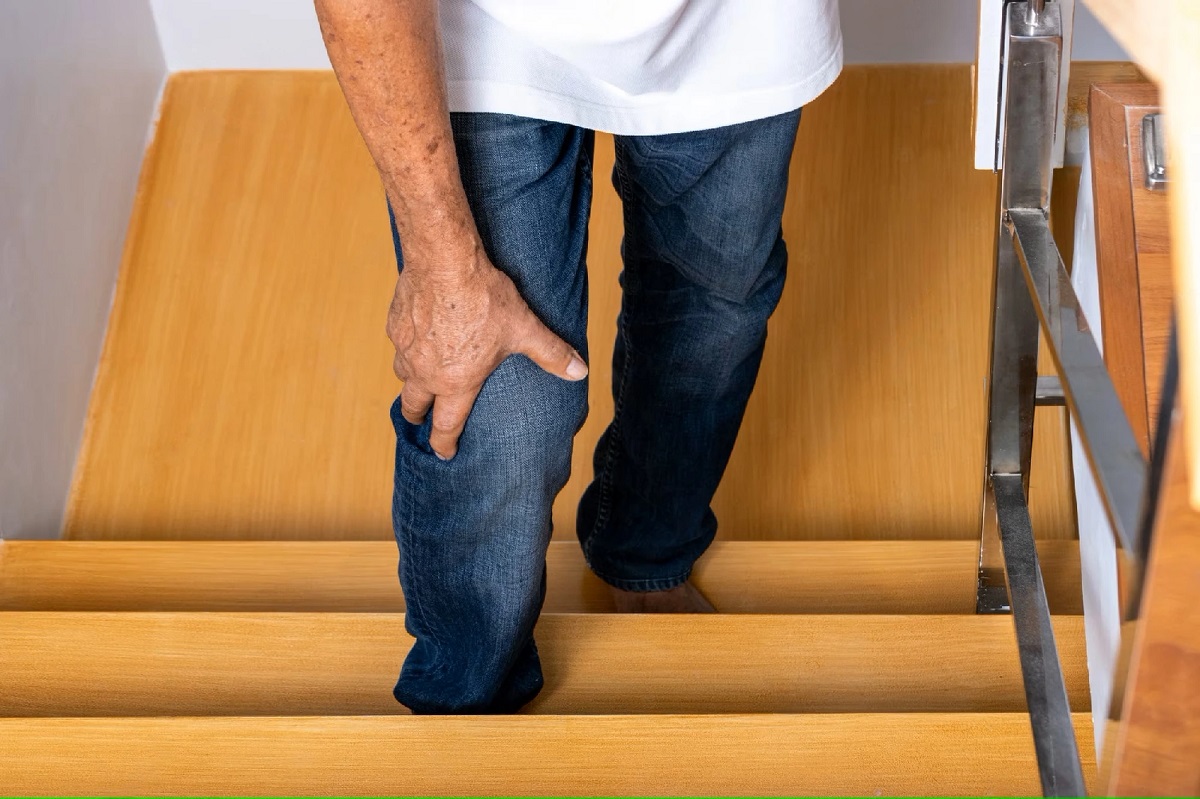

0 thoughts on “Why Does My Tool Belt Make My Hips Hurt”